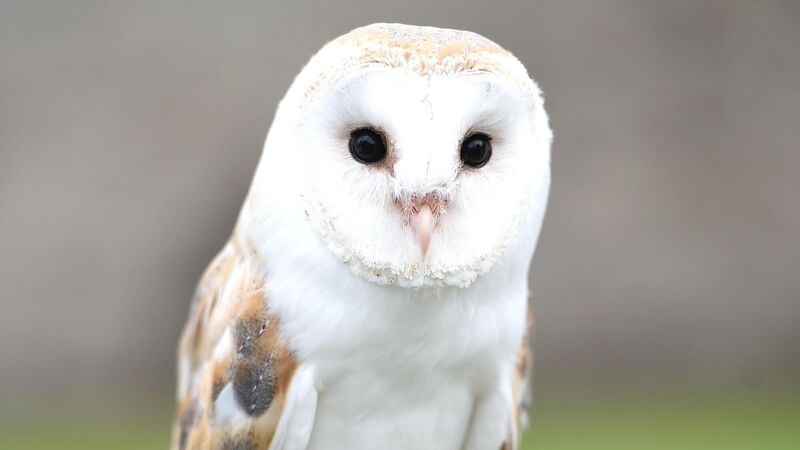Did other birds copy owls' state-of-the-art navigation system?

A barn owl’s right ear is positioned higher up on the head than the left one to help with locating sound sources. It can locate a mouse, or a rat, rustling through leaf-litter in the dead of night. Even in total darkness, this silent killer needs just two sound ‘fixes’ to pin-point a rodent’s location and strike it with unerring lethality. Picture: Larry Cummins
Bird profiles are elegant and streamlined. Having external ‘pinnae’ isn’t an option... protruding ears like ours would cause noisy ‘drag’ when moving through the air. They are, therefore, tucked away beneath contour feathers.
Owls, however, do things differently. Looking more like blunt-nosed World-War-One biplanes than Concorde, they have flat disk-like faces. Compensating for the lack of ‘pinnae’, the faces, like parabolic antennae, help an owl detect the faintest sounds.








